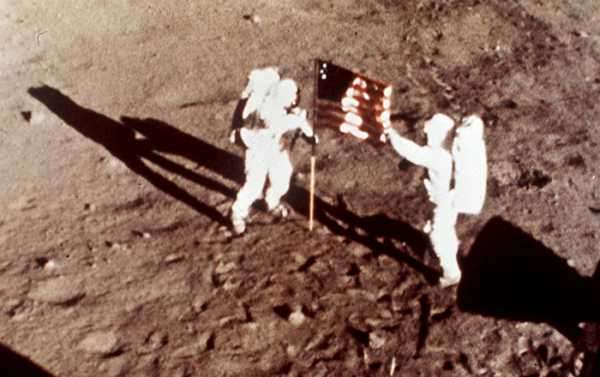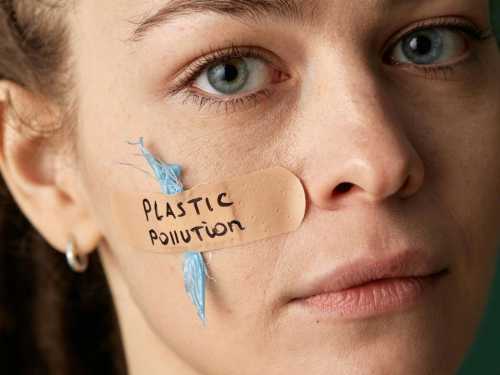
It’s 18 July 1969, and Richard Nixon spreads the solemn news: the Apollo 11 moon landing has gone tragically wrong. This is what MIT researchers want you to see in their convincing doctored video, which features a speech that was never actually delivered.
AI experts have created a video of President Nixon announcing the death of the Apollo 11 astronauts following a failed moon landing attempt.
The 7-minute video, titled ‘In Event of Moon Disaster’, features actual NASA footage which was edited to create the impression that there had been a disaster aboard the Apollo 11 spacecraft.
An AI-powered President Nixon then pays tribute to Neil Armstrong and Edwin ‘Buzz’ Aldrin, the two astronauts who walked on the moon.
“Fate has ordained that the men who went to the moon to explore in peace will stay on the moon to rest in peace,” Nixon says.
“These brave men, Neil Armstrong and Edwin Aldrin, know that there is no hope for their recovery. But they also know that there is hope for mankind in their sacrifice.”
Nixon’s remarks in the video were taken from the actual contingency speech prepared by his speechwriter William Safire in the event that the lunar touchdown attempt was a failure.
Researchers from the Massachusetts Institute of Technology created an AI-synthesised voice of Nixon using deep learning techniques and replicated his facial expressions using dialogue replacement technology.
Their goal was to alert viewers to the dangers of so-called deepfakes – manipulated videos and audios which appear to show events that never happened.
“This alternative history shows how new technologies can obfuscate the truth around us, encouraging our audience to think carefully about the media they encounter daily,” said project co-leader Francesca Panetta, creative director at the MIT Center for Advanced Virtuality.
‘In Event of Moon Disaster’ premiered last year at several physical art installations which reproduced 1960s-era living rooms. It has been selected by several film festivals and received the 2019 Mozilla Creative Media Award.
The technology has begun to see use in entertainment and on social media and is expanding into education and healthcare, but has also come under scrutiny over the threat of widespread misinformation it poses to society.
Last year, an anonymous developer presented the app DeepNude, which “undressed” women in photos in just a couple of clicks. The app shut down soon afterwards because of unexpected traffic.
The first federal law related to deepfakes in the United States was signed last December as part of the annual defence bill. It required the government to notify Congress of foreign deepfake-disinformation activities targeting US elections and established a competition to encourage the research or commercialisation of deepfake-detection technologies.
Sourse: sputniknews.com






